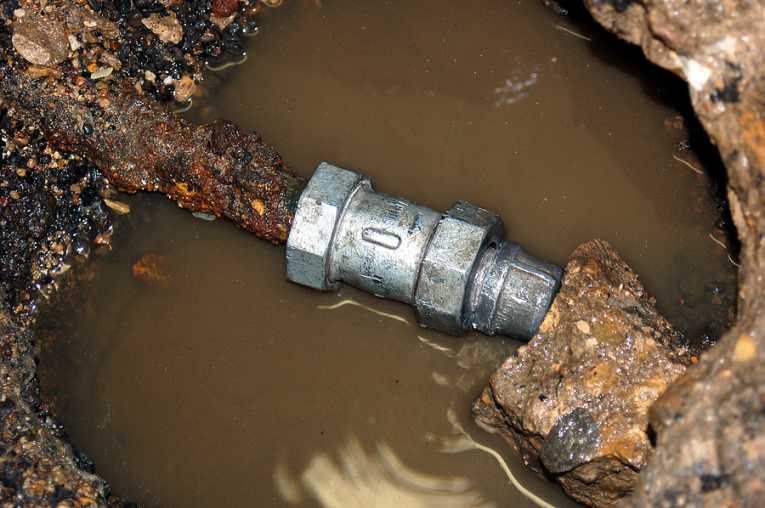Standard and Poor's, one of the three major credit ratings agencies, took the extraordinary step last week of downgrading the US credit rating from AAA to AA+, with a negative outlook. The decision, as it turns out, is mainly based on the extraordinarily irresponsible political brinkmanship which reared its ugly head during the debt ceiling resolution process. S&P, in short, thinks our political system is incapable of rectifying our economic situation.
This week, the damage is spreading: S&P has downgraded 11,500 municipal bonds with federal backing. Municipal bonds are typically sold to investors as a means to build critical local infrastructure projects, like schools, roads, and police stations. And water and wastewater infrastructure. In short, the federal downgrade may impact local drinking water and water resources.
S&P has published a list of the 11,500 downgraded municipal bonds. It took a phone call to the agency to find it but it was there. Now, mysteriously, it is gone. But an analysis of the list indicates that about $4.2b in water and wastewater related bonds have been impacted.
This action makes the bonds less attractive to investors and results in higher interest rates that must be born by the municipality. This development is the last thing local governments want to hear; they're already cash strapped, their water infrastructure is failing, and EPA water infrastructure spending is set to be slashed in the new budget.
Much needed capital improvements projects could therefore be shelved. Typical improvements include replacing old pipes to reduce leakage and building or upgrading treatment facilities to keep pace with the rapidly changing water quality regulations. Putting off such critical projects could have significant water quantity and quality issues. The strain on water resources is being compounded by leaky pipes. The average water supplier loses 15% of the water it withdrawals to leaky pipes; this is water that could be left in the water resource for aquatic habitat. As pipes age, this number will only increase. Treatment upgrades are becoming increasingly common as EPA continues churning out numerous new rules on the Safe Drinking Water Act and Clean Water Act. Currently, EPA is studying 116 potential contaminants to regulate. Compliance costs will continue to increase.
But the market is fickle. Since the most recent market crash, which has largely befuddled those who study the 'dismal' science, investors have, counterintuitively, been shoveling money into gold, Treasury bonds, and municipal bonds, the safest bets in what has become an extremely volatile market. This rising demand may embolden municipalities to issue more bonds for capital improvements projects. But they would do well to resist the temptation to participate in what could be a short term muni bond bubble. Eventually, as the market improves, the bubble will pop and investors will look elsewhere and municipalities will be stuck with the realities of a low demand, low quality investment vehicle.
Clearly, cities and towns struggling to comply with water quality and quantity issues have a hard road ahead. With the latest downgrade in federal and municipal debt, it appears desperate cities may turn to private funds for capital improvements projects or, possibly, full on privatization. Since the EPA has listed water quality as one of its primary concerns, it would do well to begin to help the regulated community turn up funding. Direct federal investments in water infrastructure, such as that which funded the great dams and water projects in the west, may be critical to protect water quality and water resources and to create much needed jobs.
Top Image Credit: Photo of a broken pipe repair © Kevin Sibley










